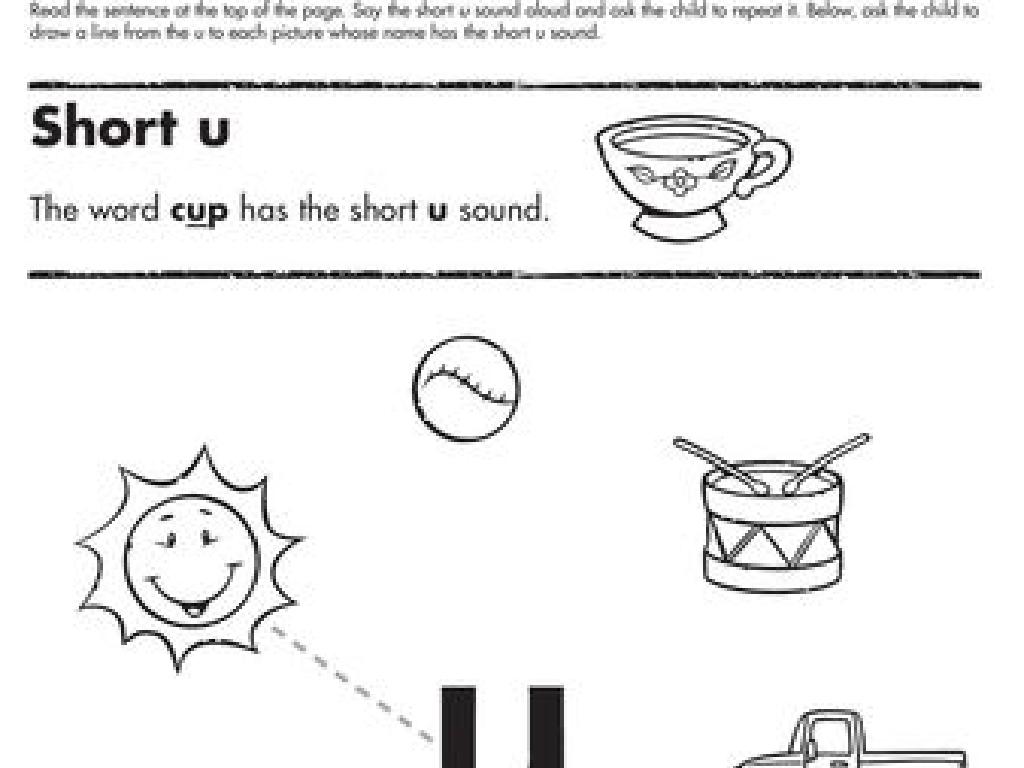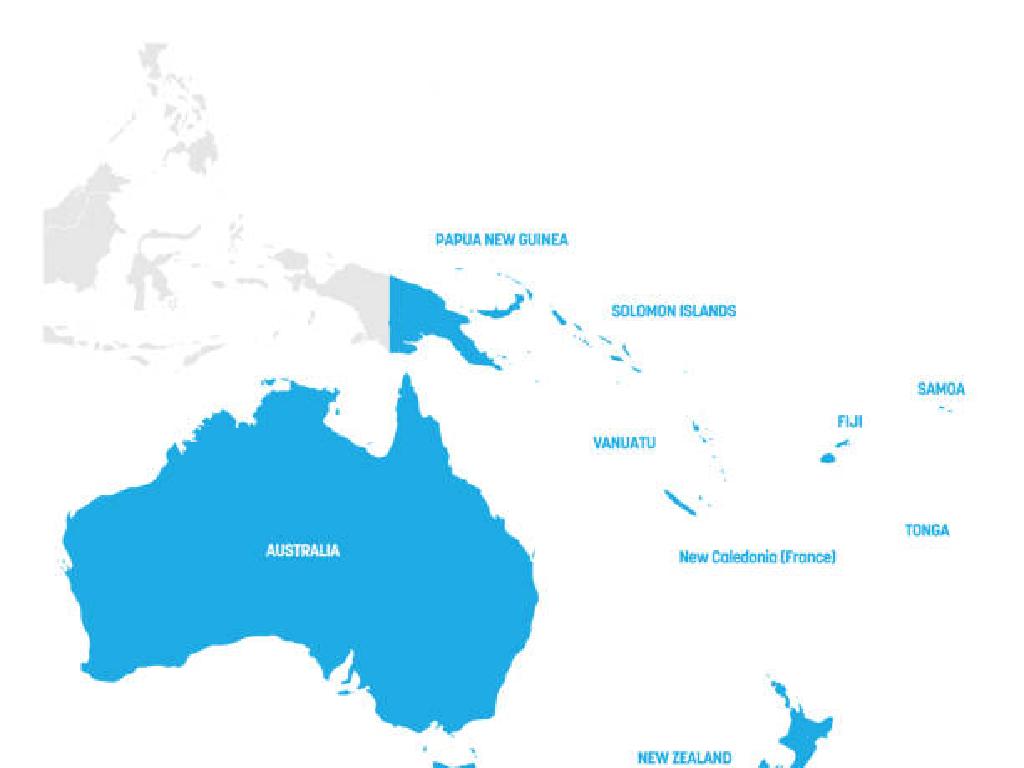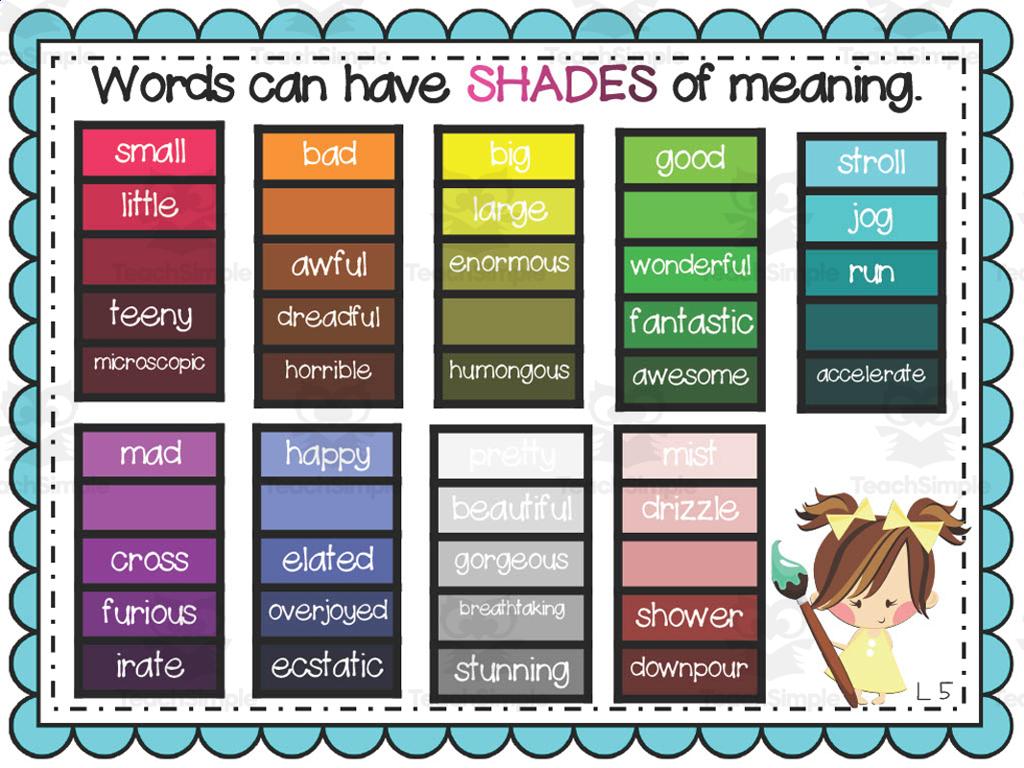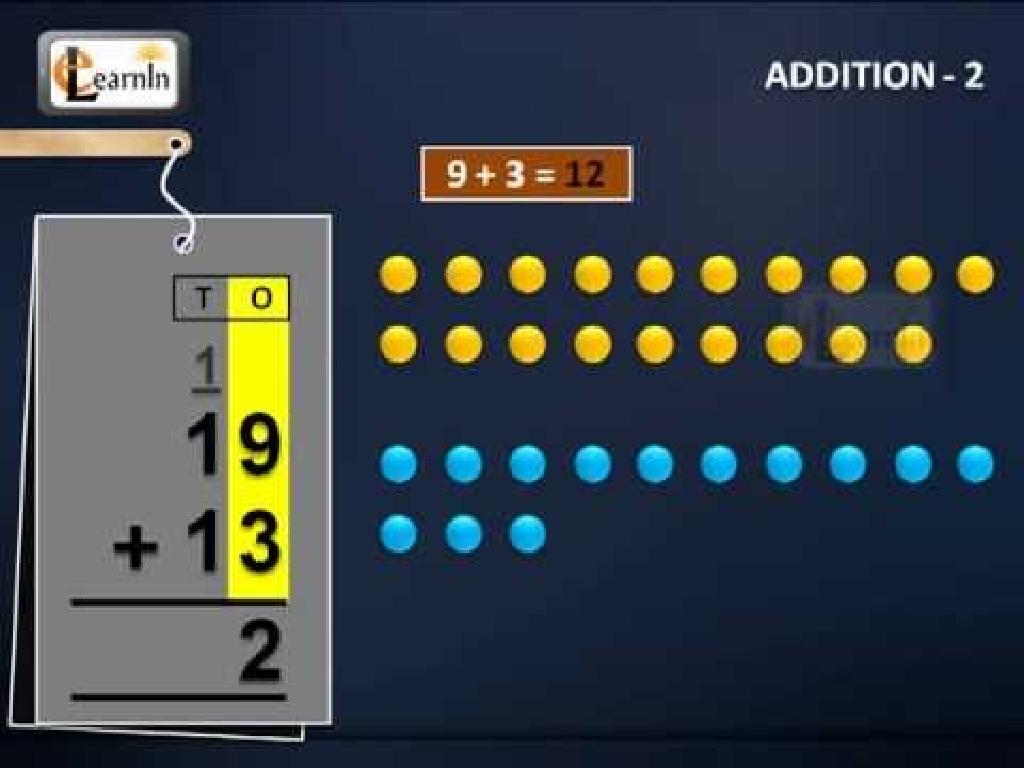Easter
Subject: Social studies
Grade: Third grade
Topic: Cultural Celebrations
Please LOG IN to download the presentation. Access is available to registered users only.
View More Content
Introduction to Easter
– Easter: A special celebration
– Easter is an important cultural and religious holiday.
– Easter is filled with joy and traditions
– Traditions include egg hunts, Easter Bunny, and family meals.
– What do you know about Easter?
– Share your own experiences or knowledge about Easter.
– Let’s learn and share!
|
This slide is designed to introduce the concept of Easter to third-grade students. Begin by explaining that Easter is both a cultural and religious celebration observed by many people around the world. Highlight the joyful aspects of the holiday and some common traditions such as Easter egg hunts, the Easter Bunny, and gathering for a family meal. Encourage students to participate by asking them to share any experiences or knowledge they have about Easter. This will help engage the class and provide a platform for inclusive learning. Use this opportunity to assess the students’ prior knowledge and guide the discussion accordingly.
The Meaning of Easter
– Easter celebrates Jesus’ resurrection
– It marks the day Jesus was believed to rise from the dead.
– A time for family gatherings
– Families come together for meals, church, and fun.
– Each culture celebrates differently
– Traditions vary worldwide, like egg hunts or parades.
– Reflects themes of hope and renewal
|
Easter is a significant holiday in Christianity, commemorating the resurrection of Jesus Christ, which is a cornerstone of the faith. It’s also a period when families often come together to share meals, attend church services, and participate in community events. Different cultures have unique Easter traditions, such as Easter egg hunts, decorating eggs, or attending parades. These activities can serve as a way for students to learn about cultural diversity and the universal themes of hope, renewal, and the celebration of life that Easter represents. Encourage students to share their own family traditions and discuss the various ways people around the world observe this holiday.
Easter Symbols and Their Meanings
– Easter eggs symbolize new beginnings
– Just like chicks hatch from eggs, Easter eggs represent the start of new life.
– The Easter Bunny brings joy
– A cheerful character that delivers eggs and sweets to children.
– Flowers represent spring’s arrival
– Bright flowers are used to decorate and celebrate the warmer weather of spring.
– Sharing these symbols with family
|
This slide introduces students to the symbols commonly associated with Easter and their meanings. Easter eggs are a central symbol of the holiday, representing new life and rebirth, which ties into the spring season when nature begins to bloom again. The Easter Bunny is a beloved figure for children, often depicted as bringing Easter eggs and treats, adding an element of fun and excitement to the holiday. Flowers are also significant as they symbolize the beauty and renewal of spring. Encourage students to think about how these symbols are used in their own Easter celebrations and what they personally signify. You can also discuss how different cultures might have varying symbols and traditions related to Easter and springtime.
Easter Traditions Around Us
– Easter egg hunts for kids
– Children search for hidden eggs, often colorful or chocolate!
– Attending church on Easter Sunday
– Many people visit church to celebrate the day.
– Special family meals on Easter
– Families enjoy a big meal, sometimes with a ham or lamb.
|
This slide introduces students to common Easter traditions. Start by explaining the concept of an Easter egg hunt, a fun game where children search for eggs that are hidden. These eggs can be real, chocolate, or even plastic with surprises inside. Discuss the religious aspect of Easter, where many families attend church services to honor the day. Highlight the importance of family gatherings on Easter, where a special meal is shared, often featuring traditional dishes. Encourage students to share their own Easter traditions or any similar celebrations they may have.
Easter Around the World
– Easter parades with music
– Joyful parades with bands and dancing in streets
– Painting eggs with patterns
– Decorating eggs is a fun Easter craft
– Easter celebrations globally
– How do children in Spain, Italy, or Australia celebrate?
– Sharing Easter traditions
|
This slide aims to introduce students to the diverse ways Easter is celebrated around the world. Start by explaining that Easter is a joyful time and many countries have parades with music and dancing to celebrate. Discuss the tradition of painting eggs, which is a common Easter activity in many cultures. Encourage students to think about how celebrations might differ in various countries and why it’s important to respect and learn about different traditions. You can plan an activity where students research Easter traditions in a specific country and present their findings. This will help them appreciate cultural diversity and understand the global nature of Easter celebrations.
Easter Crafts: Let’s Get Creative!
– Celebrate with Easter crafts
– Decorate eggs and make cards
– Use paint, stickers, or markers for eggs. Fold paper into cards and draw!
– Create your own bunny masks
– Use paper plates and cotton for masks
– Think of more craft ideas
|
This slide is designed to inspire creativity and celebrate Easter through crafting. Encourage the students to use their imagination and any available materials to make traditional Easter crafts such as decorated eggs, handmade cards, and bunny masks. Provide examples of materials they could use, like paint for egg decorating, construction paper for cards, and paper plates for masks. Ask them to think about other Easter-related items they could create and to be ready to discuss their ideas in the next class. This activity helps develop fine motor skills, fosters creativity, and teaches them about cultural traditions in a fun, interactive way.
Class Activity: Easter Egg Decoration
– Celebrate Easter with egg decoration
– Use colors, stickers, and more
– No right or wrong, just be creative!
– Share your egg designs with the class
– After decorating, we’ll have a show and tell
|
This activity is designed to engage students in the cultural celebration of Easter through a hands-on art project. Provide each student with a hard-boiled egg or a plastic egg to decorate. Set up stations with various decorating materials such as dye, paint, stickers, glitter, and markers. Encourage creativity and individual expression, reassuring students that every egg will be unique. After the decoration, organize a ‘show and tell’ session where students can display their eggs and talk about their design choices. This activity fosters creativity, fine motor skills, and cultural awareness. Possible variations include egg painting, collage making, or even creating patterns with tape and dye. The goal is to have fun and allow students to learn through doing.
Easter Celebration Reflection
– Recap of Easter traditions
– Discuss our favorite Easter moments
– What do you love most about Easter?
– Show and tell with our Easter eggs
– Time to present our decorated eggs!
– Reflect on what we’ve learned
– How do traditions bring us together?
|
This slide aims to wrap up the lesson on Easter by summarizing the key points and traditions associated with the holiday. Encourage the students to reflect on what they have learned and to share their personal experiences and favorite aspects of Easter. This could include anything from Easter egg hunts to family gatherings. The show and tell activity with decorated eggs will allow students to express their creativity and share their work with their peers. Use this opportunity to foster a discussion on the importance of cultural traditions and how they can bring communities together. This reflection will help solidify the students’ understanding of the cultural significance of Easter.






